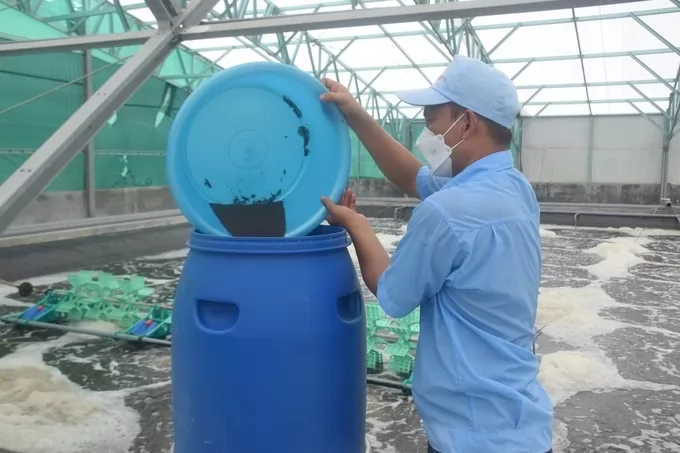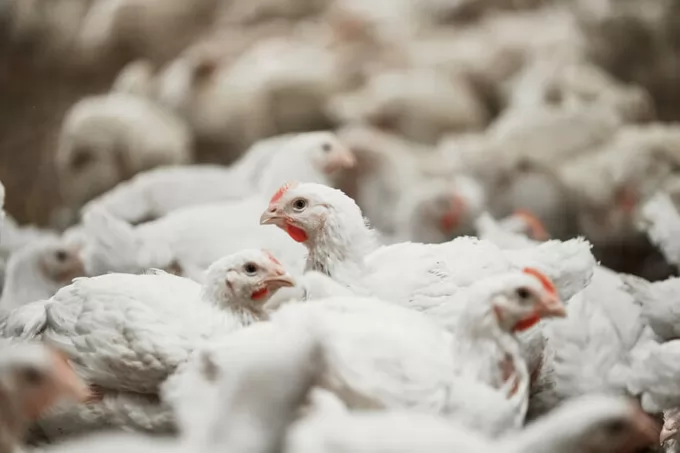Vietnam beef imports soar, but cow breeding remains unprofitable

Cows from Australia are imported to Go Dau Port in Dong Nai Province neighboring Ho Chi Minh City for a local company. Photo courtesy of Tuoi Tre
Importof cows for beef has surged since demand is high and industry insiders say the lack ofgrasslands in Vietnam means there is not promise much profit for local livestock farmers.
The Animal Health Agency No. 6, which monitors animal health issues in Ho Chi Minh City and the nearby provinces of Ninh Thuan, Binh Thuan, Dong Nai, Binh Phuoc, Binh Duong, Ba Ria-Vung Tau, Long An, Tien Giang, Ben Tre and Tay Ninh has given the green light to import more than 22,000 cows from Australia.
It said the average monthly imports have doubled since last year, not to mention the imports of frozen beef and thousands of cows driven over from Laos and Cambodia through into the central region, Tuoi Tre newspaper reported.
Beef traders said consumption has increased rapidly while supply is running out.
They said prices of imported cows are less than domestic ones.
Australian cows cost just VND50,000 (US$2.37) a kilogram while Vietnamese cows are being sold at VND65,000-75,000.
Nguyen Dang Vang, chairman of the Vietnam Breeding Association, said the increasing demand has reduced the local population of cows from nearly seven million in 2006 to below five million now.
Beef production last year was down 2.7 percent to 285,000 tons and Vietnam had to import 162,000 cows to meet demand.
Beef only accounts for 6 percent of the meat consumed in Vietnam compared to the world average of 23 percent, and so demand will inevitably rise.
The country’s main meat is pork.
But farmers said they do not see much benefit in raising cows.
Nguyen Van Ngoc, a farmer in Dong Nai Province near Ho Chi Minh City, said he had once intended to turn his poultry farm into a cow farm, but did not do so after doing the math.
A cow costs VND130,000 a kilogram while beef traders pay only VND60,000, he said, explaining that it takes at least a year to double the cow’s weight and barely break even considering the cost of feed and labor.
He said a small cow farm using one’s crops can fetch a farmer some profit, “but large-scale breeding using grass will not since the cost is high.”
Dr Tong Xuan Chinh of the agriculture ministry’s Breeding Department said raising cows needs a large area of grassland.
Countries with developed cow breeding industries like Australia, New Zealand, and the US earmark one hectare for a cow, while Vietnam has limited land resources, he said.
But Vang of the Vietnam Breeding Association said farmers should take advantage of the rising demand.
They can use feed from farming waste, like the 40 million tons of rice straw produced every year, and adopt appropriate technologies, he said.
His association also listed the rising demand for dairy products, which sees Vietnam import more than $1 billion worth of fresh milk every year.
The country has more than 186,000 dairy cows and their milk supply has increased at an average of 14 percent a year for the past three years to meet 28 percent of local demand, up from 8 percent in 2000.
Maybe you are interested

Binh Dinh approves the policy to invest in shrimp hi-tech agricultural zone
(VAN) The total investment of Hi-tech Agricultural Park for Shrimp Development Project in My Thanh commune (Phu My district, Binh Dinh) is over VND 1,498 billion.

Practical application of matrix values for enzymes
In recent years we have seen severe financial pressures on animal production operations coming from multiple sources, with increasing feed costs being one of the major factors.

Vietnamese fish farmer generates impressive income from quality koi farm
A young Vietnamese man is generating up to US$63,000 in revenue each year from his high-quality model of koi carp farming.





